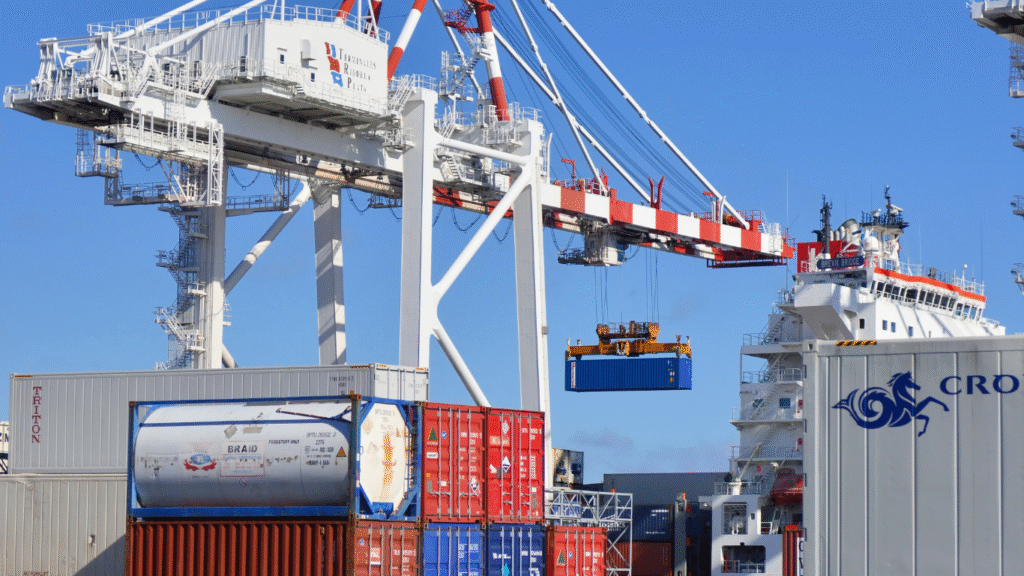Weighbridges, also called truck scales, are vital for industries like logistics, mining, and agriculture, ensuring accurate vehicle weight measurements. They help businesses comply with weight regulations, prevent road damage, and streamline operations. In 2025, weighbridges are evolving with new technology, like automation and cloud-based software, making them faster and smarter. As of June 24, 2025, posts on X highlight their growing use in India, including Uttar Pradesh, where stricter rules demand reliable weighing. This article covers how weighbridges work, recent advancements, and their impact, with updates on local developments.
How Weighbridges Work and Their Importance
A weighbridge is a large, sturdy platform that weighs heavy vehicles, like trucks, loaded or empty. Installed on concrete foundations, it uses load cells to measure weight, displayed on digital indicators. Industries rely on weighbridges to calculate freight costs, ensure legal weight limits, and avoid overloading, which can damage roads. In Uttar Pradesh, weighbridges are common at transport hubs and warehouses, supporting compliance with state regulations. Recent X posts note their role in reducing illegal overloading, with new installations in Kanpur and Lucknow. Modern weighbridges integrate with software for real-time data, cutting manual work. Their accuracy and durability make them essential for safe, efficient operations across construction, waste management, and more.
Types of Weighbridges
Weighbridges come in pit-mounted, surface-mounted, and portable types. Pit-mounted ones sit flush with the ground, ideal for tight spaces but needing more construction. Surface-mounted are easier to install, perfect for temporary sites. Portable weighbridges, lightweight and modular, suit short-term needs like construction. X users mention portable models gaining traction in UP’s rural areas for flexibility.
Key Industries Using Weighbridges
Logistics, mining, agriculture, and waste management depend on weighbridges. In logistics, they ensure trucks meet weight limits, avoiding fines. Mining uses them to weigh raw materials, while agriculture tracks crop loads. Waste management facilities use weighbridges to measure disposal volumes, aiding billing. In UP, weighbridges support the state’s growing industrial and farming sectors, per recent X discussions.
Recent Advancements and Updates
In 2025, weighbridges are getting smarter with automation and IoT integration, as noted in industry reports. Cloud-based software, like Access Weighsoft, allows remote data access and digital ticketing, reducing errors. A June 18 X post by @fleettransport praised Axtec’s AVID technology for faster data collection. In Uttar Pradesh, new weighbridges with weigh-in-motion (WIM) systems are being tested, letting vehicles weigh at low speeds, boosting efficiency. Meghalaya’s High Court recently ordered scrutiny of weighbridge operations due to alleged irregularities, signaling tighter oversight. Local firms like Matrix Weighing Systems are rolling out digital weighbridges with advanced load cells, improving accuracy. These updates show a push for technology-driven, compliant weighing solutions.
Technology Upgrades
New weighbridges use load cells, wireless tech, and IoT for precision. Automation features like automatic vehicle identification (AVI) speed up weighing, cutting wait times. Cloud platforms store data securely, enabling real-time monitoring. X posts highlight UP’s adoption of these systems at toll plazas, aligning with India’s road safety goals. Such upgrades reduce manual errors and enhance reporting.
Regulatory Changes
Stricter weight regulations are driving weighbridge demand. In UP, authorities are cracking down on overloading, with fines for non-compliance. A May 2025 report from Nigeria’s SON, shared on X, emphasized weighbridges’ role in preventing road damage, a concern echoed in India. Meghalaya’s June 2025 court ruling on weighbridge irregularities suggests more audits, pushing operators to upgrade equipment and practices.
Community and Industry Feedback
The weighbridge industry is seeing active discussion in 2025. On X, users like @TechBit commend new tech for saving time, but some operators in UP report high maintenance costs for digital systems. Local businesses appreciate weighbridges’ role in compliance but want affordable options, as noted in X threads. In Ranchi’s Kantatoli, a new weighbridge at a transport hub has eased logistics, per local feedback. Challenges include ensuring rural access to weighbridges and training operators, especially for advanced systems. As of June 24, 2025, India’s weighbridge market is projected to grow, with firms like Leotronic Scales innovating to meet demand. Community calls for more public weighbridges and better support signal a bright future.
User Experiences
X users share positive stories, like faster weighing at UP’s new WIM weighbridges, cutting delays for truckers. However, some rural operators face issues with unreliable power affecting digital systems. Training programs in Lucknow are helping, with X posts noting improved operator skills. Users value weighbridges’ accuracy but seek cost-effective maintenance solutions.
Future Outlook
The weighbridge market is set to reach $5.2 billion by 2032, per industry reports, driven by e-commerce and logistics growth. In UP, plans for more public weighbridges and metro-linked facilities, discussed on X, aim to support urban expansion. Innovations like AI-driven analytics and portable scales could further streamline operations, ensuring weighbridges remain vital for industry and safety.



